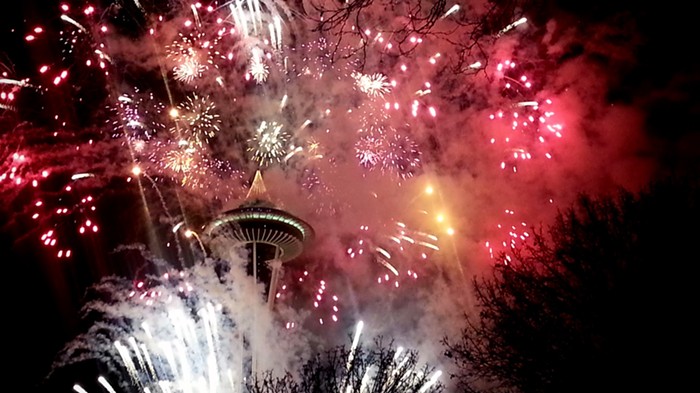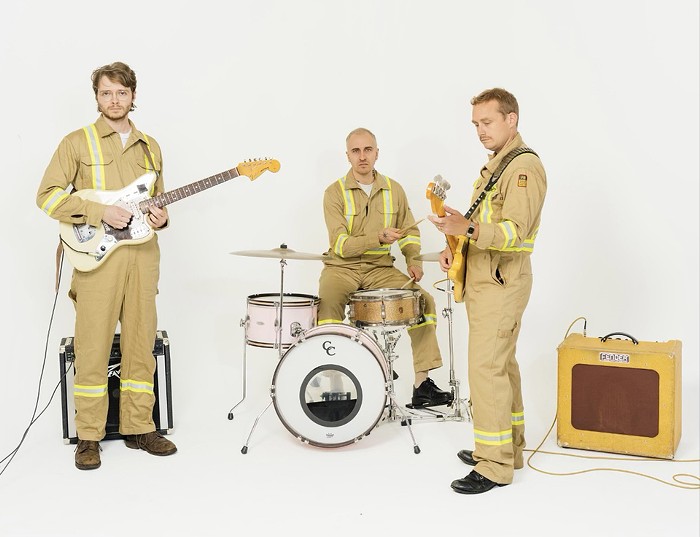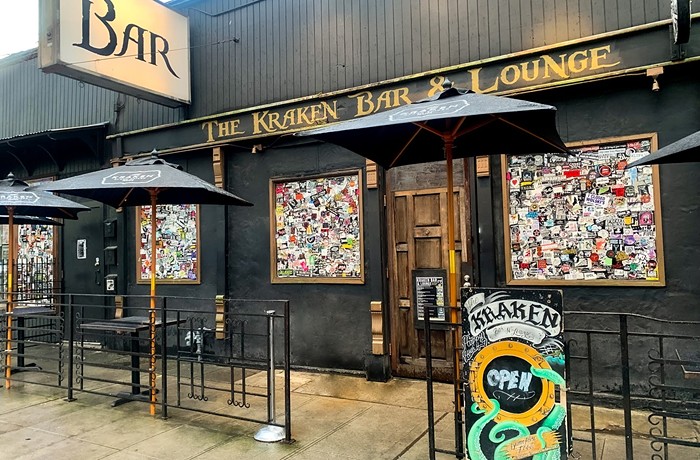
When Seattle-bred jazz singer Ernestine Anderson died last Friday, March 10th, at age 87, a few subtle cues indicated she was no longer a nationwide sensation—if indeed she ever had been.
Wikipedia took several hours updating her status to deceased, a sad but sure sign that someone’s slipped pretty low on Yankee radar. National media also went slow on the draw. Last year, when High Note Records issued what turned out to be her final album, Ernestine Anderson Swings The Penthouse—a previously unissued live tape from 1962—only one critic out of 483 in the Village Voice’s prestigious Pazz & Jop poll, cast a ballot for it as one of 2015’s finest albums.
On top of which, alas, she appeared to be forgotten in the city where she attended Garfield High School with, and performed with a young Quincy Jones before singing for Johnny Otis and Lionel Hampton, before getting pegged by Time magazine in 1958 at “perhaps the best-kept jazz secret in the land,” and opening her own club, Ernestine’s.
Maybe too well-kept a secret in the end. The following is an attempt to reveal Anderson's legacy a little more fully.
To do so will require the incomparable help of two old, wise men who knew her well.
Jim Wilke, who recorded Anderson in 1962 at Seattle’s Penthouse jazz club, praises Anderson's “tremendous swing and sense of time, and her warm, personal way of delivering a ballad like telling a story. But she could get down and wail the blues, too.
“I first heard her on record,” elaborates Wilke, today a host on KPLU’s Jazz Northwest program, “in the ‘50s as a student working at WSUI. Her album Hot Cargo was just issued. I first heard her in person, singing around Seattle and at Red Kelly's Tumwater Conservatory in the '60s and early '70s. I was impressed from the start. She always had her own style, not Ella, not Sarah ... Ernestine!”
“Musically, she was simply a top-tier performer,” adds Jeff Hanley, Wilke’s former engineer on Jazz After Hours, currently host of that same show for Public Radio International. “Very charismatic and charming on stage. I remember that from the audience she always looked like she had a great rapport with her band and worked well with them. The result of that was always a crowd-pleasing performance.”
Wilke taped Anderson during three 1962 Penthouse sessions for KING FM. The station, he explains, “had a direct broadcast line from the Penthouse to the studio. It was a high fidelity line and we broadcast live & direct from the club every Thursday night. A reference tape or aircheck was made in the studio while the live broadcast was on the air. Ernestine played there the year of the World's Fair and the first year the club was open.”
“The Penthouse was a jazz club at First and Cherry.” Wilke explains. “Charlie Puzzo operated it from 1962-1968. All the major jazz stars of the ‘60s played there, Miles, Dizzy, Modern Jazz Quartet, Art Blakey, Horace Silver, Stan Getz, etc. They usually played ten days, opening on a Thursday, with Sundays off. It was a long narrow room, typical Pioneer Square space. Brick walls, low ceiling, carpeted, cocktail tables, beer & wine only, no food. Band stand was half way down one of the long walls, bar was at the back.”
John Coltrane helmed probably the best-known recording from the Penthouse: Live in Seattle, a late-phase set recorded in 1965 but not released until 1971, after the saxophonist’s death. Anderson, never an avant-gardist, distinguished herself by performing standards with warmth, vulnerability, subtlety, richness.
“I think the performances stand up well today,” Wilke says, “and are a good representation of the way she sounded at the time, an early peak in her career. Her voice was lighter then and sassy and swinging, a nice surprise to those who are only familiar with the darker voice on the records she made in her later career. She was backed by a trio of well-known Seattle players, Dick Palombi, piano, Chuck Metcalf, bass and Bill Richardson on drums.”
Both men remember the singer’s graciousness offstage as well. “I really enjoyed the interviews I did with her,” recalls Hanley. “There were several in the late ‘70s and early ‘80s. She had so many great stories to tell and she was very gracious to a young radio DJ. I believe I still have a couple of tapes.”
I never knew Ms. Anderson. Never saw one of her shows. I remember from her records, and especially from a TV special she did in the ‘80s, recalling Seattle shows and the city scene with her old friend Quincy Jones, and Ray Charles, who lived here for several years. She felt like a little girl, she recalled, in over her head singing in bars and nightclubs, but “trying to pretend, that [I] was all grown up.”
She kept a strong bond with her twin sister Josephine, or “Pheeny,” who suffered brain damage at birth, and struggled to walk, talk, and process logic. Pheeny never went to school, but she lived with family and/or a live-in attendant most of her life. Ernestine Anderson traveled the world, and she regretted, later, not spending more time with her children, Pheeny, and family.
But she always checked in. Everyone felt love.
I hadn’t spun Ernestine Anderson Swings The Penthouse since around the time of its release. But I put the disc on again, a few nights ago. The singer, 34 that year, sang slowly, and a little sadly, about how young she felt. She sang that she’d feel that way even when she was old and gray. “Songs to be sung,” she sang, “Bells to be rung”—and one of her sidemen rang a bell on the last go-round of that line.
She sang how all the rapture that thrilled her heart was an empty smoke ring, now. Other singers cook “Gone With the Wind” up into an epic, but Ernestine Anderson had no lust for epics. Just a sad something. Like a leaf that has blown away.


















